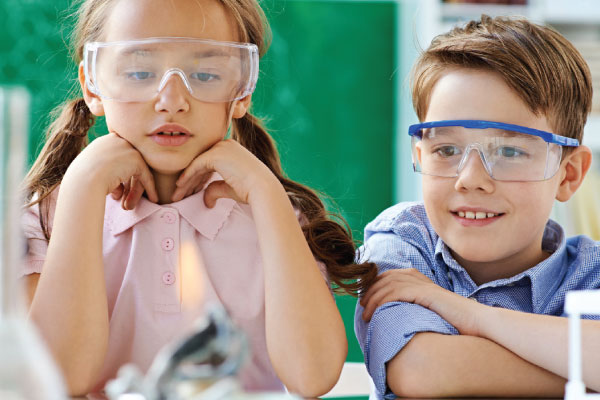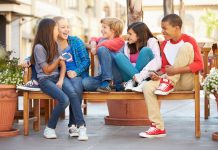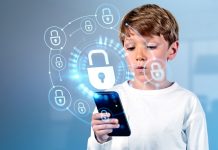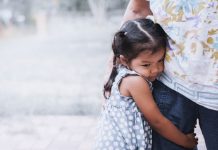Are you staying on the island over the summer break? Ghada Salem has some ideas for educational science projects to entertain your kids.
Spending the summer holiday in Bahrain and run out of activities to do with your kids? Here are some fun science experiments you can conduct with them at home, they are easy to do and will teach your little ones lots about science and nature.
Rainbow in a glass You will need:
• Four different colours of food colouring (e.g. red, yellow, green and blue)
• Five tall glasses or clear plastic cups
• ¾ cup (180 g) of granulated sugar
• A tablespoon for measuring
• 240 ml water
 In the first glass, add one tablespoon (15g) of sugar. In the second glass, add two tablespoons of sugar, three in the third glass and four in the last glass. Then add three tablespoons (45 ml) of water to each glass and stir until the sugar is dissolved. If the sugar in any of the glasses will not dissolve, add one more tablespoon (15ml) of water to all the glasses and stir again. When the sugar is completely dissolved, add two or three drops of red food colouring to the first glass, yellow to the second, green to the third and blue to the last glass.
In the first glass, add one tablespoon (15g) of sugar. In the second glass, add two tablespoons of sugar, three in the third glass and four in the last glass. Then add three tablespoons (45 ml) of water to each glass and stir until the sugar is dissolved. If the sugar in any of the glasses will not dissolve, add one more tablespoon (15ml) of water to all the glasses and stir again. When the sugar is completely dissolved, add two or three drops of red food colouring to the first glass, yellow to the second, green to the third and blue to the last glass.
In the remaining glass you will create your rainbow. Fill the glass about a quarter of the way with the blue sugar solution. Next, carefully add the green solution to the glass. Do this by putting a spoon in the glass, just above the level of the blue solution. Slowly pour the green solution into the spoon, raising the spoon to keep it just above the level of the liquid, until the glass is half full. Add the yellow solution and then the red one in the same manner.
The amount of sugar dissolved in a liquid affects its density. The blue solution has the most sugar dissolved in it and is therefore the densest. The other solutions are less dense than the blue solution, so they float on top of it. If done carefully enough, the colours should stay relatively separate from each other.
String telephone You will need:
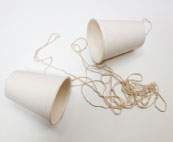 • 2 strong paper cups
• 2 strong paper cups
• 3 metres of string
• Scissors
• Sharp pencil
• A friend!
Use a sharp pencil to make holes in the bottom of the cups. Push the string through each hole. Tie a knot in each end of the string inside the cups. The knots must be bigger than the holes. Ask a friend or brother/sister to take one cup and move far enough away to make the string tight. One child should speak into a cup while the other holds their cup to their ear. Now they can phone each other!
Bouncy egg
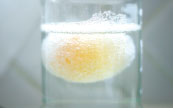 Children love to learn and experiment with new things. Try this bouncing egg science experiment that is fun to do and will teach kids about osmosis.
Children love to learn and experiment with new things. Try this bouncing egg science experiment that is fun to do and will teach kids about osmosis.
You will need:
• Egg
• Plastic cup
• Vinegar
• Plastic spoon
• Paper towel
Place an egg in a plastic cup and completely cover with vinegar. Then put the cup somewhere where it doesn’t have to be moved for four days. The vinegar will dissolve the eggshell. Use a plastic spoon to remove the egg from the cup. Lay it down on a paper towel to let it dry. Take the egg outdoors and from a low height gently bounce it.

























